*Asked & Answered
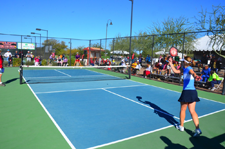 Asked – Several members of our association have requested that we convert a portion of our common area into a pickleball court. Does your office recommend moving forward with the installation?
Asked – Several members of our association have requested that we convert a portion of our common area into a pickleball court. Does your office recommend moving forward with the installation?
Answered – Generally, no. For those who may not know, pickleball is a paddle sport that combines elements of tennis, badminton, and ping pong. Two or four players use solid paddles to hit a wiffleball over a net. It is an activity that can be played amongst all age groups and provides various health benefits and has increased in popularity in recent years. However, with its benefits comes numerous issues.
Considering that pickleball is played with a solid paddle and a wiffleball, it is an extraordinarily loud sport. Moreover, as it grows in popularity, it generally brings large gatherings of people together whose yells and cheers can be heard over great distances. This noise may result in a substantial nuisance to those within earshot and may subject the association to various lawsuits unless the pickleball courts are constructed far out of the earshot of the residences.
Unfortunately, our office has seen many associations attempting to convert croquet lawns, bocce ball courts, etc. into pickleball courts that are centrally located to other amenities provided by the association. These are typically areas which many members regularly visit as a place of quiet enjoyment and relaxation. Unfortunately, this quiet enjoyment could be severely disrupted once the pickleball courts are installed.
Even more concerning is when associations attempt to install the pickleball courts in areas immediately adjacent to residences. The owners of the surrounding homes will be routinely battered with the noise emanating from the pickleball courts. This will no doubt result in substantial frustration to those residents, may have a negative impact on their property value, and will, almost certainly, result in a nuisance lawsuit for the association.
The nuisance created by this loud sport has resulted in various lawsuits and settlement agreements costing associations tens of thousands of dollars and has severely harmed many associations’ financial wellbeing. This, in turn, is then passed back to the membership by way of increased assessments.
As such, if the association decides to move forward with the installation of the pickleball courts , it is not a matter of if, but a question of when a lawsuit may be filed. Thus, unless the association has an area far removed from the residences and other common area amenities, it is likely not worth exposing the association to the increased risk of liability.
 |
If your association has any questions as to whether to install a pickleball court in your association, contact your attorney to provide an in-depth analysis to ensure the association is not needlessly exposing itself to liability. |
-Blog post authored by TLG Attorney, Corey L. Todd, Esq.
 Update: Compliance is not currently required and the next hearing is scheduled for March 25, 2025.
Update: Compliance is not currently required and the next hearing is scheduled for March 25, 2025.  HOA Lawyer Blog
HOA Lawyer Blog


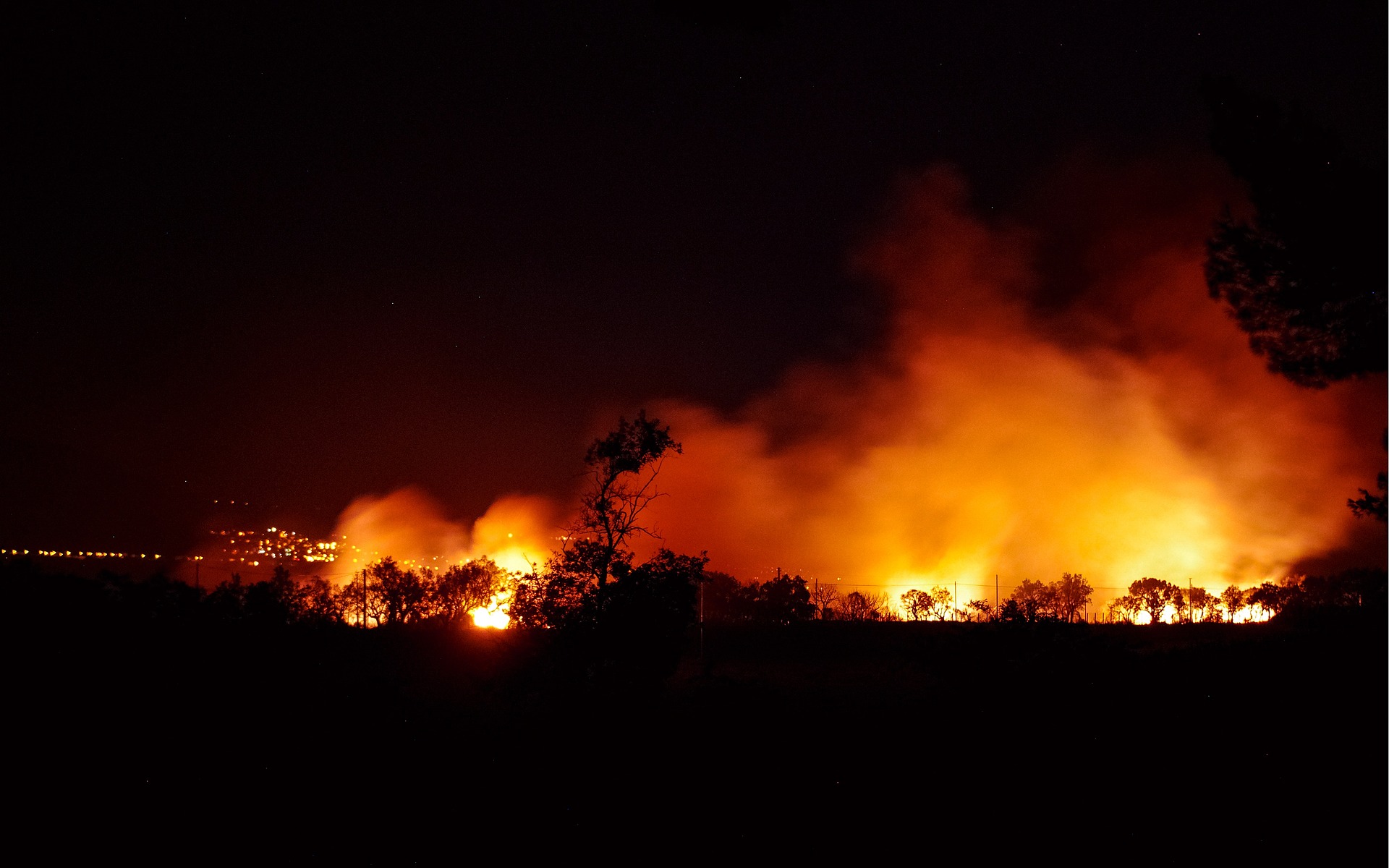 If your homeowners association (“HOA”) is located in a high-risk fire area, what can your Board of Directors do if the current master policy of fire and casualty insurance on your condominium or townhome buildings is not renewed? Due to the massive wildfires that have swept California over the past two years, many insurance companies (and their re-insurance partners) are reassessing their willingness to underwrite fire and casualty insurance in the state. Those carriers that are willing to write coverage are limiting their risk exposure by greatly reducing the coverage limits available for purchase. To compound this problem, the premiums being quoted are 5-10 times the amount of the prior year’s premium for much less coverage.
If your homeowners association (“HOA”) is located in a high-risk fire area, what can your Board of Directors do if the current master policy of fire and casualty insurance on your condominium or townhome buildings is not renewed? Due to the massive wildfires that have swept California over the past two years, many insurance companies (and their re-insurance partners) are reassessing their willingness to underwrite fire and casualty insurance in the state. Those carriers that are willing to write coverage are limiting their risk exposure by greatly reducing the coverage limits available for purchase. To compound this problem, the premiums being quoted are 5-10 times the amount of the prior year’s premium for much less coverage.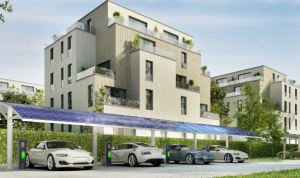 For more than a decade, the California Legislature has passed laws making it easier for residents to install
For more than a decade, the California Legislature has passed laws making it easier for residents to install 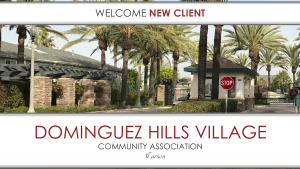 It’s our privilege to welcome Dominguez Hills Village Community Association to Tinnelly Law Group’s growing family of HOA clients.
It’s our privilege to welcome Dominguez Hills Village Community Association to Tinnelly Law Group’s growing family of HOA clients.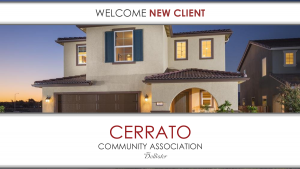 It’s our privilege to welcome Cerrato Community Association to Tinnelly Law Group’s growing family of HOA clients.
It’s our privilege to welcome Cerrato Community Association to Tinnelly Law Group’s growing family of HOA clients. Asked – Our HOA Board of Directors has become aware of a potential issue with the fire resistive construction in the walls between two condominium units. The Board is split on whether notice to the membership as a whole is warranted at this time, prior to the conclusion of the investigation, given that this potential issue affects a life safety system. Half of us feel that the issue is only technical in nature, while the other half believes that any potential issue should be communicated to the membership. We do not want to unnecessarily alarm the membership or incur thousands of dollars investigating the issue throughout the community if it is not significant, but at the same time we do not want to expose the Board or Association to a risk of liability.
Asked – Our HOA Board of Directors has become aware of a potential issue with the fire resistive construction in the walls between two condominium units. The Board is split on whether notice to the membership as a whole is warranted at this time, prior to the conclusion of the investigation, given that this potential issue affects a life safety system. Half of us feel that the issue is only technical in nature, while the other half believes that any potential issue should be communicated to the membership. We do not want to unnecessarily alarm the membership or incur thousands of dollars investigating the issue throughout the community if it is not significant, but at the same time we do not want to expose the Board or Association to a risk of liability.  Asked – Several members of our association have requested that we convert a portion of our common area into a pickleball court. Does your office recommend moving forward with the installation?
Asked – Several members of our association have requested that we convert a portion of our common area into a pickleball court. Does your office recommend moving forward with the installation?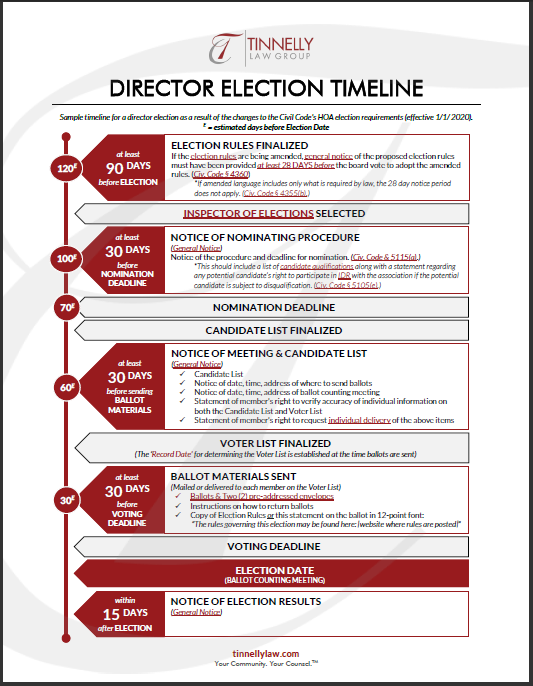
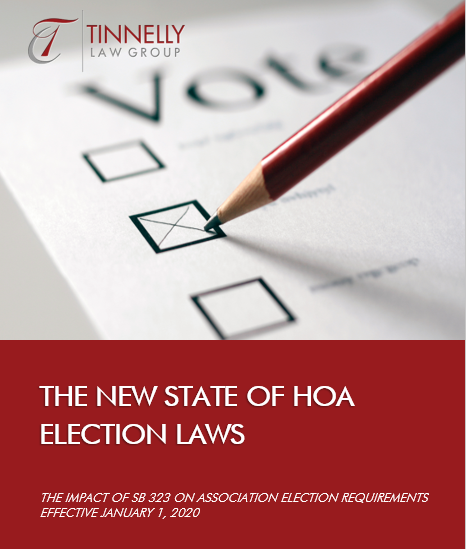
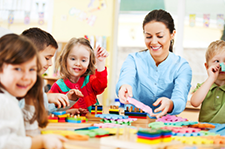 *New Legislation
*New Legislation It’s our privilege to welcome Portarosa Community Association to Tinnelly Law Group’s growing family of HOA clients.
It’s our privilege to welcome Portarosa Community Association to Tinnelly Law Group’s growing family of HOA clients.